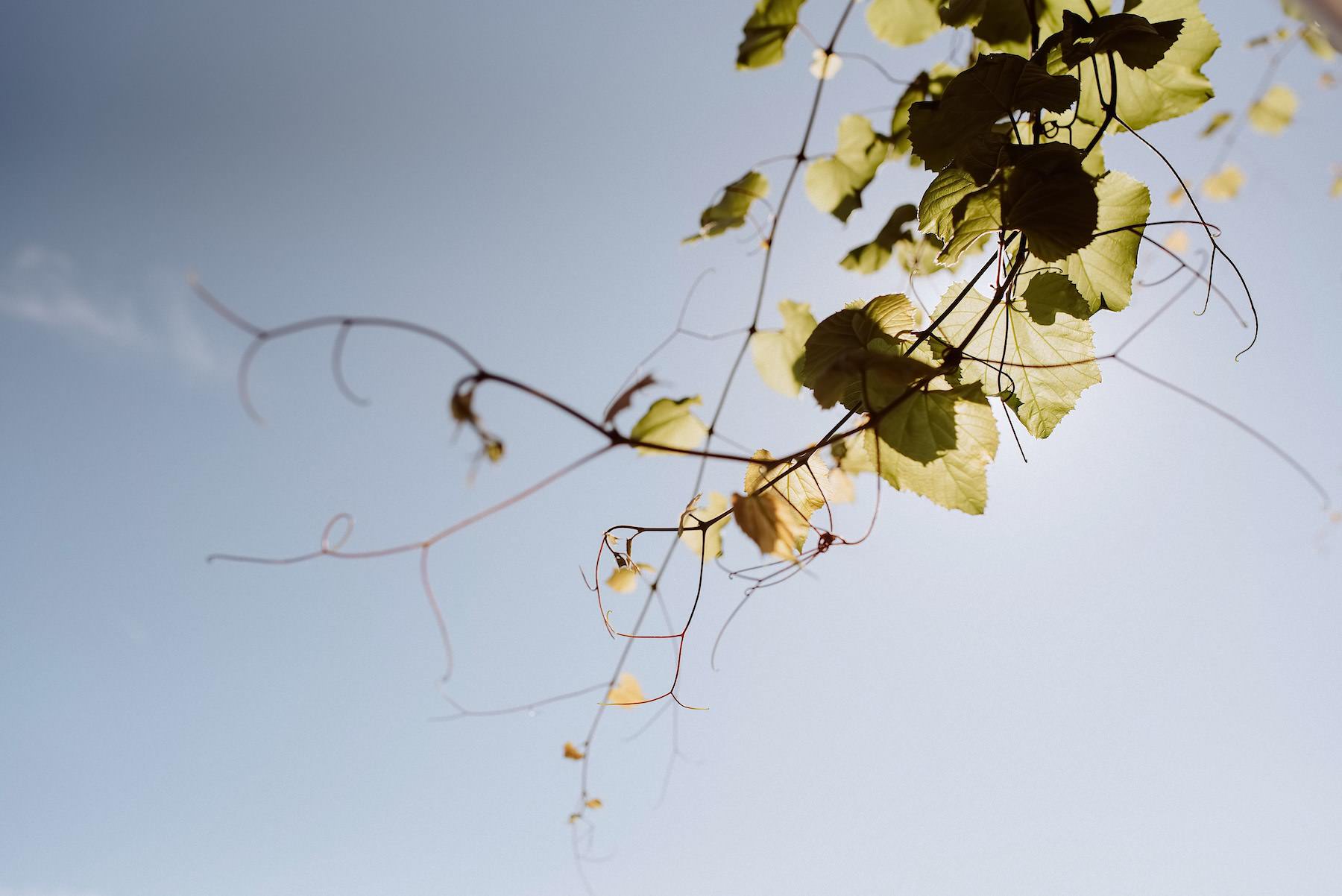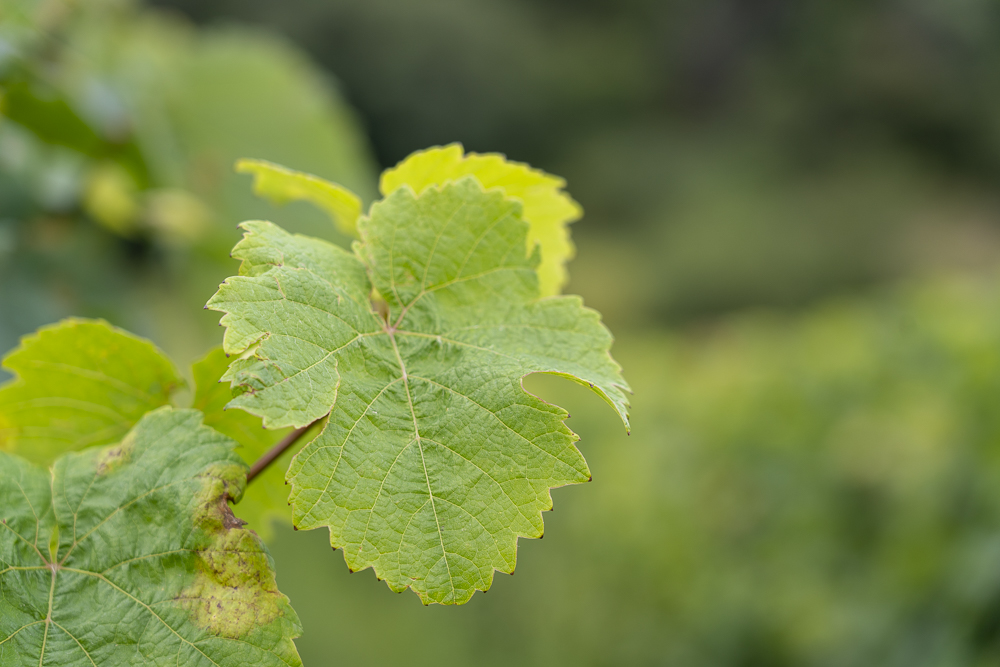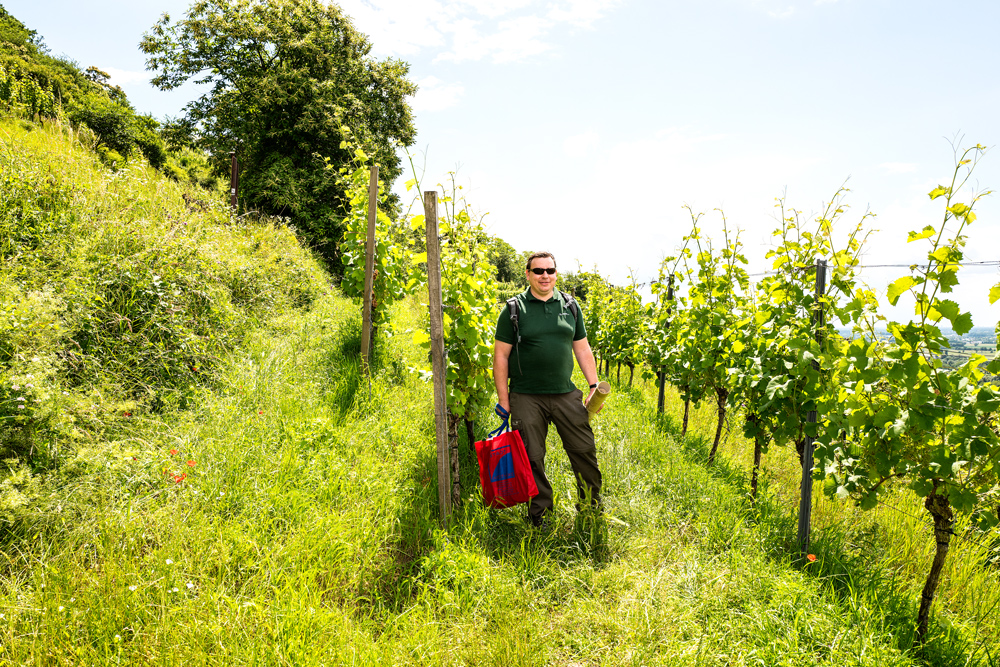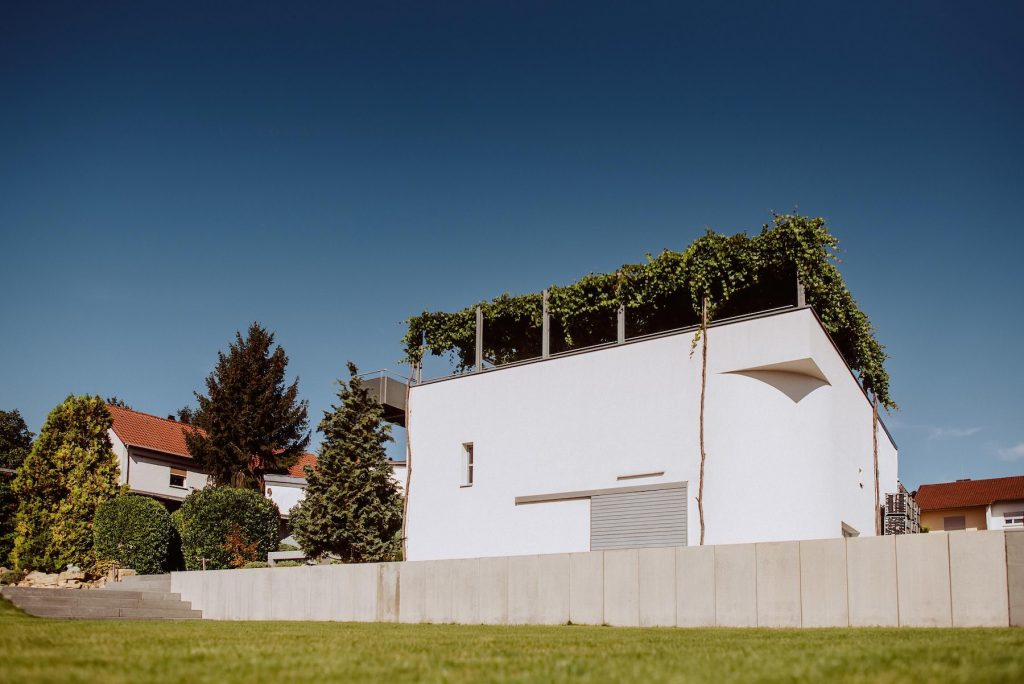

The Romans brought viniculture to the region some 2,000 years ago. The vines thrived magnificently in the mild, almost Mediterranean climate of the Rhine Rift Valley. Grapes growing on the slopes and hills of the Palatinate Forest to the west and hills of the Odenwald to the east of the river can soak up over 1,800 hours of sunshine a year. These perfect conditions are the reason that as many as four winegrowing areas—Baden, the Palatinate, the Hessian part of the Bergstrasse, and Rhenish Hesse—are situated next to each other, which is a Germany-wide peculiarity. Nowhere else in the country are there this many vineyards grouped so closely together. They cover over 25,000 hectares. It is a region where long tradition and state-of-the-art technology meet. Even when the wine turns to vinegar, the result is a real delight here. The vines also shape the people’s way of life in the region. There is the German Wine Route and there are countless wine villages and wine festivals, with the Dürkheim Wurstmarkt being the largest festival of its kind in the world, attracting around 600,000 visitors per year. Cheers!
Baden

The Baden wine area is the southernmost in Germany. Two of its northernmost subareas—the Baden part of the Bergstrasse and the Kraichgau—belong to the Rhine-Neckar Region. White wines are predominantly grown here: Riesling and Sylvaner as well as Pinot Blanc and Pinot Gris. The largest winegrowing town on the Baden part of the Bergstrasse mountain road is Schriesheim, where wine is not celebrated in autumn at harvest time, but already on the first weekend in March. At this Mathaisemarkt event, the town traditionally welcomes spring as well. In the Kraichgau area, it is castle taverns and seasonal private taprooms that invite visitors to savour their fruit and appreciate for themselves the vineyards on a thousand hills.
Hessian Bergstrasse

With about 440 hectares of cultivated land, the Hessian part of the Bergstrasse is one of the smallest winegrowing areas in Germany. Yet the relatively small cultivation area is run by a relatively large number of winegrowers. The landscape is characterised by steep slopes and small parcels of land, many of which are cultivated with great idealism by amateur winegrowers. More than 600 winegrowers have joined forces in the Bergsträßer Winzer eG cooperative in Heppenheim and in the Odenwälder Winzergenossenschaft cooperative in Groß-Umstadt. If you want to explore this small, exquisite winegrowing area, you should go there on 1 May. On this day, the junior winegrowers in the winegrowing association of the Hessian Bergstrasse organise a vineyard hike. Participants trek through the varied vine landscape from Zwingenberg all the way to Heppenheim following a 21 kilometre-long hike.
Geographic Park: Wine comes into play at tours at the Hessian Bergstrasse
The Palatinate

With more than 23,000 hectares, the Palatinate is Germany’s second-largest winegrowing area and focuses on a clear profile. It offers the ‘king among white wines’ a large realm, featuring about 5,500 hectares of Riesling vineyards that attract fans from all over the world. What is far less known, however, is that almost 40 per cent of the Palatinate’s vineyards are planted with red grape varieties, and the trend is growing. This also makes it Germany’s largest winegrowing area for red wine. And the Palatinate offers even more superlatives: Landau and Neustadt an der Weinstraße are the largest winegrowing municipalities in Germany. The village Rhodt unter Rietburg is home to the world’s oldest vineyard that bears fruit, planted around 1650. The world’s oldest liquid wine, bottled in the 3rd century, is stored in the Historical Museum of the Palatinate in Speyer. The world’s largest wine festival, named Wurstmarkt (sausage market) of all things, is celebrated in Bad Dürkheim. More than 600,000 people flock to it every year. The world’s largest wine barrel is placed directly on the festival square, although it now is home to a restaurant instead of 1.7 million litres of wine. Until it was built, another wine barrel in the region had been the largest in the world: the one in Heidelberg Castle.
The wines of the St Ulrich parish: A good vintage
A Bauhaus-style winery: 100 years Clear-Cut Design and Decision
The wine-growing business of the ‘life support’ association Lebenshilfe Bad Dürkheim: Two left Wellingtons and good drops
Rhenish Hesse

The Rhenish Hesse winegrowing area comprises 26,578 hectares cultivated with vineyards, making it the largest in Germany. A small chunk of it in the very south is part of the Rhine-Neckar Metropolitan Region: the Wonnegau. This area’s idyllic landscape is honoured even in the Song of the Nibelungs, the heroic poem in Middle High German from around 1200. The centre of the Wonnegau is the cathedral town of Worms, which is Germany’s third-largest winegrowing municipality after Landau and Neustadt an der Weinstraße. Riesling is its prevalent grape, although the old-established Sylvaner as well as Pinot Blanc and Pinot Gris also grow here. However, like in the other areas, red varieties such as Dornfelder and Pinot Noir are also catching up with the white wines.